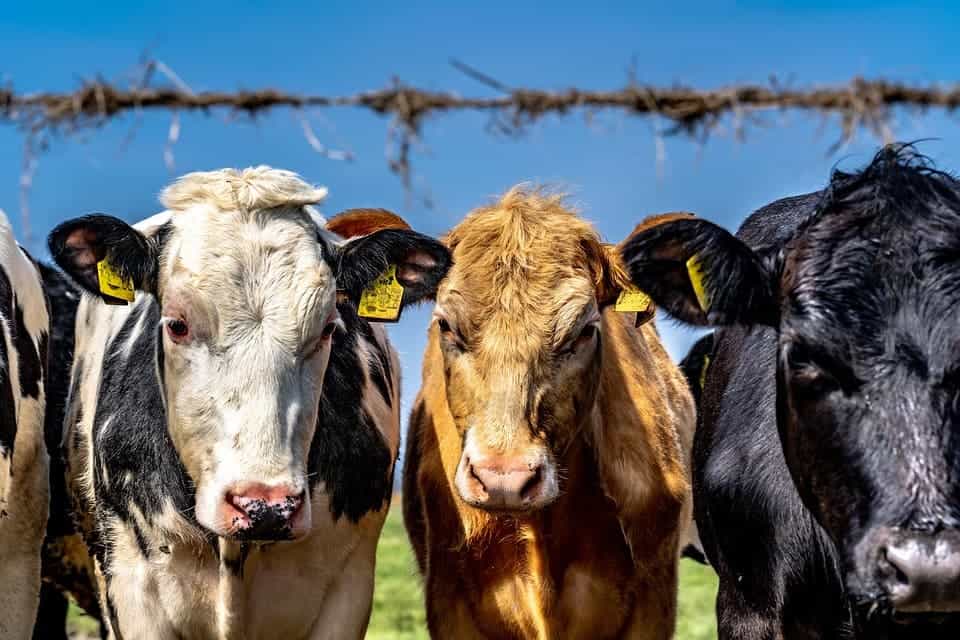
With our fragile appearance, humans don’t look like much at first glance. Our impact on the planet, however, is unrivaled and unfortunately mostly negative. It is a proven scientific fact that even the climate is changing in response to human activity — that’s how consequential our actions are. Our huge infrastructure works have carved huge gaping holes inside mountains or even beneath the ocean. And, according to a new study, we’ve culled most of the planet’s wild animals and plants, replacing them with our livestock and crops.
The world’s 7.6 billion people represent only 0.01% of all living things, according to researchers at the Weizmann Institute of Science in Israel. However, our impact on nature is disproportionately huge. After Ron Milo and colleagues in Israel estimated all of the different components of biomass, they eventually calculated that humans have caused the loss of 83% of all wild mammals and half of all plants.
For three years, Milo and his team had been combing through the scientific literature in an attempt to estimate the total mass of all life forms on Earth. To simplify things, the researchers looked at carbon content, ignoring other aspects — like water content — that might have made comparisons between various life forms difficult. The tally shows that the planet’s total biomass weighs 550 gigatonnes of carbon. Considering their amount of carbon, Earth’s life forms can be ranked as follows:
- bacteria 13%;
- plants 82%;
- all other creatures, from marine life to insects, 5%;
By carbon content, fungi (12 Gt C) are about six times more abundant than all animal life on the planet (2 Gt C), whereas the biomass of humans represents just a tiny fraction of that (0.06 Gt C). However, humanity’s biomass can grow to gargantuan proportions if you factor in our food: livestock. The researchers estimate that of all birds on the planet, 70% are farmed poultry, with just 30% being wild. For mammals, the picture is even grimmer: 60% of all mammals on Earth are livestock, mostly cattle and pigs, 36% are the humans themselves, and a mere 4% are wild mammals.
Five-sixths of wild land animals have been lost since the industrial revolution began, over than a century and a half ago. Meanwhile, in the oceans, three centuries of whaling and aggressive fishing have reduced marine mammals to a fifth of what they were.
“It is pretty staggering,” said Milo. “In wildlife films, we see flocks of birds, of every kind, in vast amounts, and then when we did the analysis we found there are [far] more domesticated birds.
”The destruction of wild habitat for farming, logging and development has resulted in the start of what many scientists consider the sixth mass extinction of life to occur in the Earth’s four billion year history. About half the Earth’s animals are thought to have been lost in the last 50 years.”
The results suggest that there has never before been a species that comes close to Homo sapiens, one that has caused the destruction of so many other species and individuals. In fact, our propensity to alter the environment and replace wildlife has some scientists claiming that we’re actually living in a new geological era called the Anthropocene.
“It is definitely striking, our disproportionate place on Earth,” said Milo. “When I do a puzzle with my daughters, there is usually an elephant next to a giraffe next to a rhino. But if I was trying to give them a more realistic sense of the world, it would be a cow next to a cow next to a cow and then a chicken.”
This study published in the Proceedings of the National Academy of Sciences goes to show that far from being puny mortals, we humans have become a huge driving force that’s capable of destroying hundreds of species if we so wish it (or just don’t pay particular attention). Perhaps, one day, we’ll also learn how to harness this immense power with matching responsibility.
Was this helpful?



